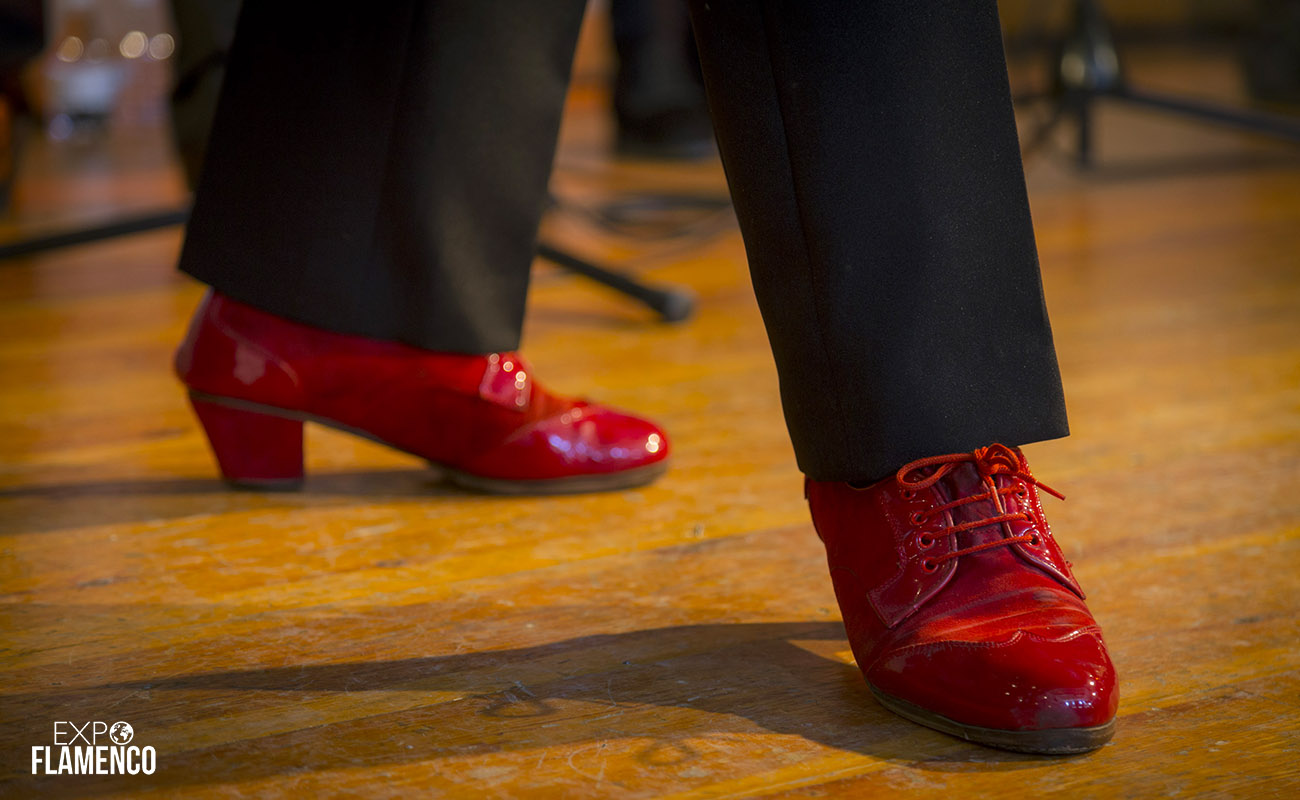Grandpa and today’s baile
The province of Seville has always had the best baile. Mind you, everyone came (and still comes) to Seville and that has created a unique tradition. In Triana and in Utrera, for example, there is wonderful baile. Also in Jerez, of course. A genius would sometimes appear in another province, such as Mario Maya or Manolete, both from Granada.

-Grandpa, you seldom talk about baile, even as you say it’s the engine that drives flamenco.
-That’s true, Manolo. I’m more into cante, but I’ve sen a lot of good baile
-Is today’s baile any good? Are there any good bailaores and bailaoras?
-Of course there are! There aren’t a lot of geniuses, but today’s artists of baile are the most skilled ever. Although, I wish there was less technique and more soul, which is what I miss the most. And less circus, there’s too much circus.
-Too much dance disguised as flamenco, right?
-You’ve said it, kid. Exactly, that’s what it is. It’s like those flamenco guitarists who decide to play jazz or rock. I told it once to Paco de Lucía himself: “Paco, in flamenco you’re number one, the best of all times, but not in everything else.” He took it well, actually.
-Do you like any of today bailaores?
-Of course I do! The most flamenco of them all is Pepe Torres, the grandson of cantaor Joselero de Morón (who actually wasn’t from Morón, but from Puebla de Cazalla.) Pepito dances, sings and plays the guitar. He’s a heck of an artist. But as a dancer, he’s the best, at least in his region’s tradition. It’s like if he had inside Pepe Ríos, Farruco,Andorrano, and Rafael el Negro… The best part is that he doesn’t fake it: he dances from his heart, with impressive ease, without theatrics. I also like another one from Cádiz, El Junco. He’s one of the best, yet those in charge of the Bienal festival have never heard of him, it seems.
-So isn’t he well known, grandpa?
-Not at all. It happens, it’s always been like that. The same goes for Dieguito el de la Margara, from Jerez. And a pataíta by Dieguito is worth more than all those bad dance and flamenco fusion productions out there.
-What about the bailaores with a more modern style, grandpa?
-El Grilo, I love him. He’s creative, innovative, he has grace and a lot of talent. He doesn’t copy anyone, and I like that, because there’s a lot of mimicking in today’s baile. Israel Galván is a genius, he’s the greatest, but I think he’s been rather boring lately. He has great merit, but he created thirty movements and twenty poses and that’s all you see in all his productions.
-What about the Farrucos?
-They keep the family tradition, and that’s worth of praise. The grandfather, Antonio El Farruco, who was friend of mine, was the best of his time, a genius. The kids imitate him a bit, but they go beyond, they’ve evolved towards baile espectacle, perhaps more commercial, but based in their grandfather’s purity. They are youngsters commited to preserve the family tradition.
-What about the bailaoras? There’s a lot to talk here, grandpa.
-There are seven or eight really good ones, when it comes to classic baile: Manuela Carrasco, Pepa Montes, Milagros Mengíbar, Carmen Ledesma… Heirs to the classic Sevillan school are Isabel Bayón, Manuela Vargas (daughter of Angelita Vargas) and Pastora Galván. María del Mar Moreno, from Jerez, has a unique style and lost of art. I also love Luisa Palicio, from Málaga, who is among the youngest. Then we have the great artists, such as María Pagés and La Yerbabuena, and among the innovators we have Rocío Molina, Ana Morales, Rosario Toledo… There are so many, it’s impossible to name them all.
-Would you dare to say from where is the best baile in Andalusia, from which province?
-The province of Seville has always had the best baile. Mind you, everyone came (and still comes) to Seville and that has created a unique tradition. In Triana and in Utrera, for example, there is wonderful baile. Also in Jerez(1), of course. A genius would sometimes appear in another province, such as Mario Maya or Manolete, both from Granada. But the most flamenco baile, at least in my opinion are from the provinces of Seville and Cádiz. The same goes for cante and toque. Granada may have a genius like Morente, but Seville and Cádiz have given us dozens of geniuses.
-Is the future promising, grandpa?
-For sure it is. Wherever there is talent, there is good baile.
-Would you name a bailaor who is unique?
-Farruco.
-A bailaora?
-Manuela Carrasco.
-A choreographer?
-Antonio Gades.
-A female choreographer?
-María Pagés.
-The best bata de cola?
-Milagros Mengíbar’s.
-The best pataíta?
-Moraíto Chico’s.(2)
-Thanks grandpa.




